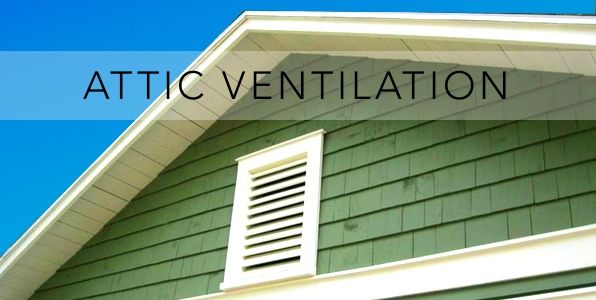5 Ways to Teach Kids How to Keep Energy Costs Down
Energy efficiency has become a huge priority in household management, and for good reason — not only does it keep heating and cooling costs low, but it’s a green way of living that can help the planet as well. While the adults of the house may take energy conservation to heart without needing to be convinced, it can sometimes be a little trickier to get kids to consider the costs — both financial and environmental — of blasting the air conditioning or leaving lights on in empty rooms.
As the HVAC world strives to become more energy-efficient in order to contribute to a greener home, it’s important that you teach energy conservation lessons to your children as well. Here are five ways you can teach your kids to save energy at home and hopefully impart environmentally-friendly lessons that they’ll take with them for the rest of their lives.
Make Learning Simple
Kids benefit from simple, concrete examples and explanations to help them understand how energy powers their home and why it’s important to save energy as much as possible. Have a sit-down with your children to describe where energy comes from and how it helps your family.
HomeSelfe recommends using easy, fun websites like Physics4Kids or Energy Star Kids to make the information accessible to kids of all ages, or even checking books out of the library (which is its own lesson in saving energy and resources!). Once kids understand how energy is made and where it comes from, they’ll be able to better understand the importance of conserving it throughout the house.
Play “Spot the Outlets”
Now that your kids know a bit more about energy, take them around the house and get them to point out all the places where there’s a power outlet. (This is also a great time to teach them about the dangers of electricity and how to use caution around outlets.)
Take a look at what devices and appliances are plugged into the outlets, and see if they can identify how necessary these devices are. If it’s the fridge, then of course it should be using energy. If it’s a lamp, then it should only be turned on when it’s needed. Reward your kids with a sticker every time they correctly identify a non-vital device that can be turned off to save energy.
Find Creative Ways to Keep Warm
Growing up, did your parents tell you to put a sweater on when you were cold? Annoyingly enough, your parents were right all along. Now that you’re a parent, you can even go one step further with your own kids in the winter months and make a game out of finding ways to warm up after turning down the thermostat.
Lemon Lime Adventures suggests making cozy forts out of blankets, cuddling up as a family for a movie night, or simply bundling up (just like your parents told you to do). You could even have a “winter fashion show” with your kids to see what kind of fun, layered outfits they can come up with from their closets.
Have a Night Off the Grid
Here’s a challenge for the warmer months: Have a night where your family doesn’t use any power whatsoever. Use candles to light your home, get your kids to help make dinner without using the stove (think big salads, sandwiches, or cheese and meat boards), read books together with flashlights, or take turns telling stories. As an added bonus, Toms of Maine notes that a power-free night can really demonstrate to your kids how much they rely on household energy, as well as how easy it can be to use less of it.
Put Kids in Charge
Whether it’s heating in the winter or air conditioning in the summer, having windows open or closed can make a huge difference. Your heating and cooling systems will be working extra hard to make up for the air escaping, so appoint your kids as the household “window guardians” and get them to ensure that windows are keeping heat (and air conditioning) inside, without any cracks or leaks.
If they do happen to find drafty leaks, you can engage kids with a fun craft: Make a “Draft Snake” out of old socks to stop up the cracks in windows or doors. (However, if you consistently have cold or hot spots in your home, that is a different issue.)
Save Energy, Save Money, Help the Planet
Teaching your kids to save energy isn’t just about turning out the lights after leaving the room. It’s also about showing them how their small actions can add up to a big difference. Not only are you going to be saving money on your heating and cooling bills, but you’ll also be teaching your kids lifelong lessons in how helping the environment can truly start at home. Keep things simple and fun, and you’ll be amazed at how quickly kids will be willing to help out.
If you’ve got bigger energy concerns as it relates to your heating or cooling system, contact Bob Jenson to discuss potential solutions. Since the late 1970s, we’ve been a trusted San Diego HVAC provider.











